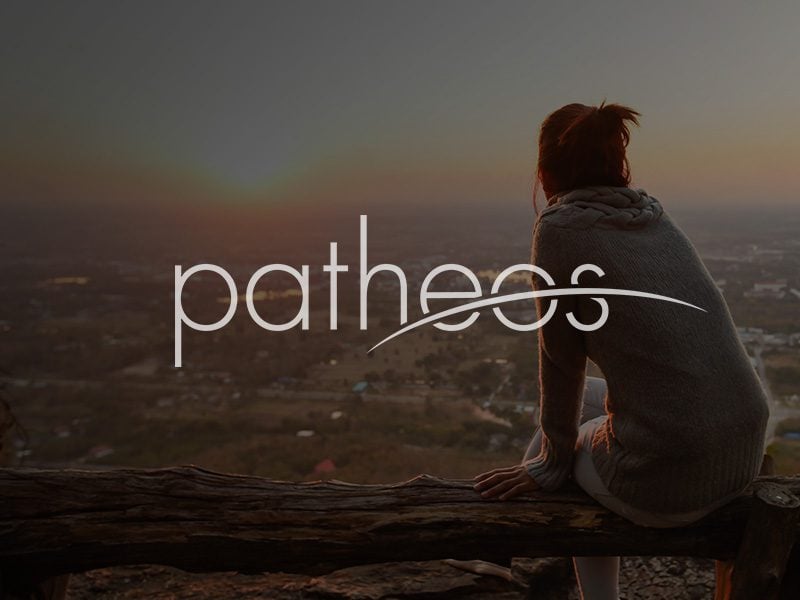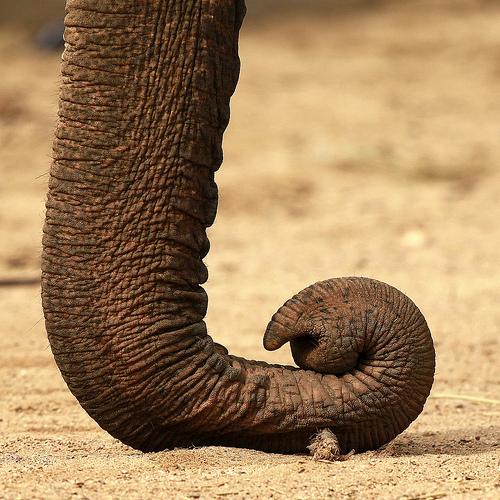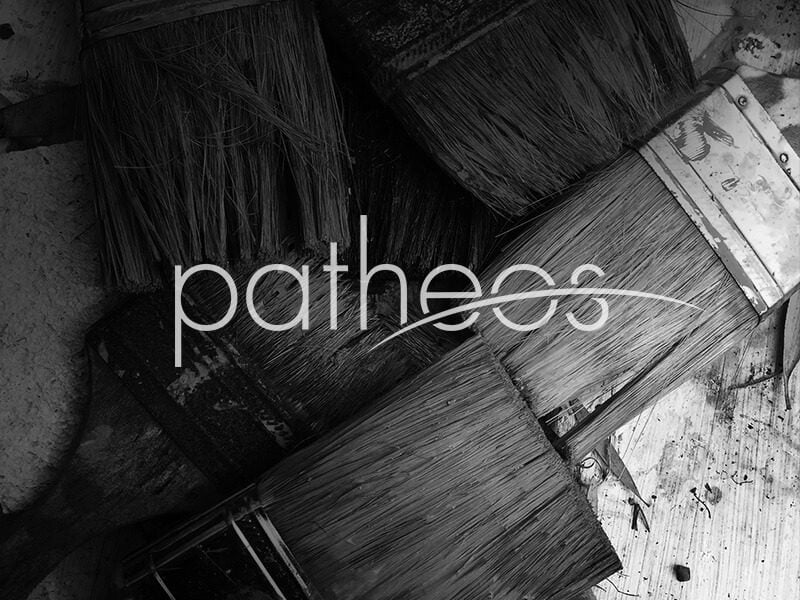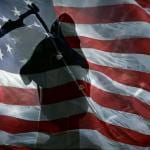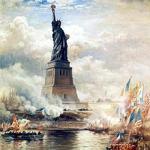So what’s the real story of Beauty and the Beast?
This is a post from the first incarnation of my blog, back in October of 2002. In those days I was still creating the blog pages “by hand” rather than using software like WordPress, and my eldest was five years old. It was the first in a series I’d intended to write, entitled “Pedant Errant”, but alas! it was the only post of its kind.
As everyone with children already knows, Disney has just released Beauty and the Beast on DVD. My kids had never seen it, and as it truly was the great musical (animated or otherwise) of its day Jane nabbed a copy the next time she visited Costco. We watched it over a couple of nights, breaking just after the stunning “Be Our Guest” sequence, and a good time was had by all. It was better than I remembered, and actually deserves most of the hoopla.
But then I got to thinking—it’s a chronic problem I have—that the story as presented simply doesn’t make sense. I’ll grant you the basic premise: the prince is an arrogant, inhospitable, bad-tempered swine; he refuses shelter to an ugly old woman; the woman turns out to be a beautiful enchantress and casts a spell on him, making his poor character manifest to all. I’ll even buy the time limit on breaking the spell, though it serves no real purpose but to add suspense.
So we’re expected to believe that a prince—a son of the King of France—is turned into a loathsome beast (the members of his household being turned into useful household objects) and nobody in the wider world notices? OK, so the castle’s enchantment includes a spell of forgetting on the surrounding countryside…you’d still think his mother the Queen would notice when he didn’t come home for Christmas. A Prince of the Blood Royal would be one of the leading citizens of France, and his disappearance would leave an unmistakeable chasm in the political landscape.
Well…perhaps this is France way back in the Dark Ages. The prince’s father isn’t really the King of France; he’s just a minor king of a small region. Well and good—but the setting is clearly post-Renaissance. We
can tell that from the vast quantities of printed books alone, if the architecture of the Beast’s castle wasn’t a dead giveaway. And then, Belle’s father’s inventions bring it to the verge of the industrial revolution. So this isn’t a tale of the Dark Ages; this is a tale of the days when France was already a major European power.
After that, the incongruities keep piling up.
This is France; how come the only ones with French accents are Lumiere and his girlfriend the feather duster?
And what are Cogsworth and Mrs. Potts doing in the prince’s service? Unlike anyone else in the movie they are clearly English in name as well as accent. England was, more often than not, the enemy in this period of history.
Where’s the rest of the prince’s household–his secretary, his courtiers, his sycophants and hangers-on, and, for that matter, where are his guards?
When the ugly witch came, what was the prince doing answering his own door? He had servants for that.
Where does all the food come from? Are the villagers still making deliveries? If so, they aren’t admitting it.
Once the spell is broken, what is the prince going to use for candlesticks, teapots, wardrobes, clocks, and feather dusters?
Belle’s father strays into the castle environs by accident on his way to the Fair. How come nobody else from the village was going?
Belle visits the village bookseller. He’s got a sizeable shop with lots of books. Who buys them? It’s a very small town; Belle is considered unusual because she’s a woman who reads; the men seem to spend all their time in the tavern swilling beer with Gaston. How come the bookseller hasn’t gone out of business?
And then consider Gaston, the mighty hunter, he who uses antlers in all of his decorating—where on earth is he finding the deer? We’re well into the period in history where any deer in France would be dwelling in the Royal Woods, protected by the Royal Gamekeepers, to be hunted only by the Royal Monarch and his friends and family. Gaston is awfully well-respected in the village for a poacher, especially as the prominent display of antlers all over the tavern might be enough to bring the King’s wrath down on the entire town.
Aha! Now we’re getting somewhere. Clearly the Beast—the Prince that was—is out of favor with his father the King. He’s been banished to a castle in a remote part of France where he can dwell in moderate comfort with a minimum of staff. The greater part of French society has endeavoured to forget him entirely; consequently, his rebirth as a Beast goes unremarked. The local villagers notice, of course, and being canny peasants immediately determine to make the best of it. With the Beast in seclusion, there’s nothing to prevent them from taking to themselves as many of the local Royal perquisites as they can grab, the King’s Deer chief among them.
The result is peace and prosperity—wealth, even—for the village. This is evident from the hustle and bustle in the opening scenes of the movie, but even more so from the lack of children. I don’t recall seeing a single person under marriageable age in the entire flick except for Mrs. Potts’ kid Chip. And of course it’s well known that family size is correlated with wealth.
So the villagers are all perfectly familiar with the terms of the enchantment. So no wonder they call Belle’s father crazy when he talks about the Beast—Belle and her father are newcomers, and are outside the
Conspiracy of Silence that protects the village’s prosperity.
This in turn explains Gaston’s determination to marry a girl who clearly detests him—she’s the only young woman in the village who might see beyond the Beast’s exterior and so break the spell. Once married, she’s no longer a candidate (another incongruity! This is France, after all). And then, when it becomes clear that the secret is out, Gaston and the villagers seek to solve the problem by killing the Beast once and for all.
It doesn’t work, of course; Gaston falls to his death, the other villagers are driven away by the Useful Household Items, Belle announces her love, and the Beast changes back into a (not particularly handsome—didja see the size of his nose?) Prince. Belle weds the Prince, and they live happily ever after.
By themselves, in a castle in a remote part of France, forbidden ever to return to Paris. It’s a good thing Belle likes to read, that’s all I can say.



